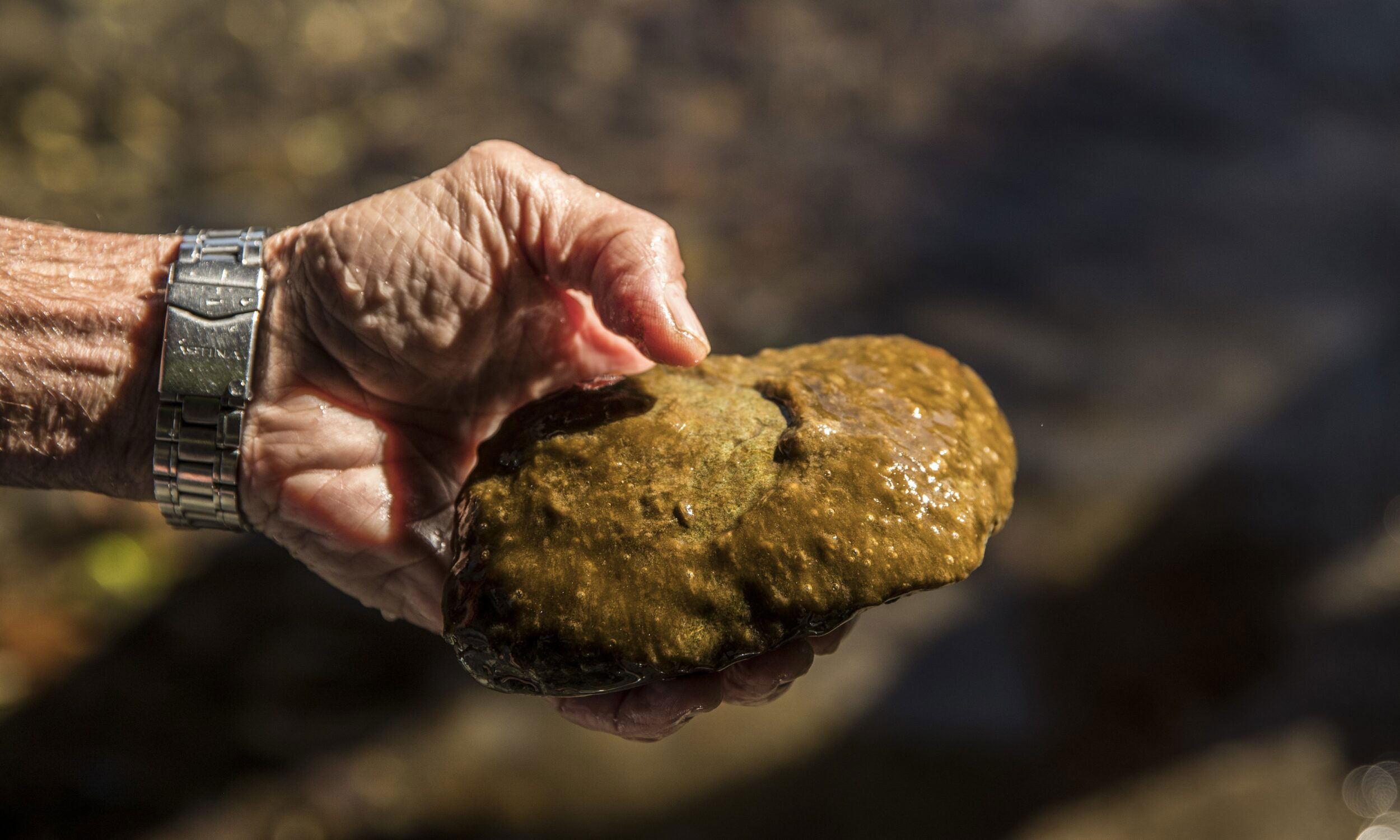Sediment, E coli key environmental concerns
Storm-related sediment poses “a major problem” for the health of estuaries and waterways in Nelson, say city council staff.
Contaminants such as E coli continued to be an issue, while nitrates were a growing concern, staff at a workshop on the council’s upcoming State of the Environment report said.

High E coli readings at the popular Cable Bay swimming spot this year were potentially a blip, they said.
Council science and environment manager Clive Appleton told the workshop on Thursday that air quality in Nelson had greatly improved from the early 2000s when Nelson was considered “possibly the most air-polluted town in the country”.
The city was now below the national guideline standards for PM10, or large particulates, primarily through a push for firewood to be dry before people burnt it, he said.
Eradication of the Mediterranean fanworm from the Nelson marina area, where the aquatic pest was found in 2014, was another success story highlighted in the five-yearly report, due to be released next month.
Numbers of indigenous birds were increasing, Appleton said.
But vegetation in the native forests where they lived, mainly in far reaches of conservation land, was “being eaten out by ungulates” (browsing pests), he said.
“In the long term, if nothing is done to change that, we could see our canopy species change.”
Sedimentation caused by various land use activities was the key concern regarding land and freshwater, Appleton said.
“Sedimentation during storm events is a major problem in reducing the health of our waterways and also our estuaries, which of course are the coastal environment and the receiving environment of that.
“Faecal bacteria [such as E coli] continues to be an issue, and nitrates are starting to become a concern because they are the main drivers during summertime for growth of algae, toxic algae especially.”
Attempts by the council to stop further degradation of waterways and estuaries included working with communities to plant either eroded or steep areas. It was providing about 140,000 trees to private landowners to reduce the amount of sediment coming off those sites, Appleton said.
The council had surveyed catchments to identify where work was needed to significantly reduce sedimentation and other contaminants getting into waterways and estuaries, he said.
While E coli levels at three Matai River swimming spots – Sunday Hole, Girlies Hole and Maitai Camp – were good, councillor Rachel Sanson questioned the high levels of Enterococci (the form of E coli found in seawater) at Cable Bay.
Coastal scientist Harry Allard said the reading was the one-year average for 2023-24 rather than the overall five-year trend, which was quite good.
“That five-year level is quite reliable. The one-year? It could be driven by … a storm kicking up a bunch of ocean forming E coli … There’s all sorts of reasons.
“Hopefully it’s a few one-off samples.”
Appleton said Nelson’s coastal environment was typically very safe for swimming and recreation.
“The standard message is that after storm events and rough weather, it is best to not go into those areas and recreate probably for the next 48 hours, just to ensure contaminants from stormwater and those sort of things have been flushed out of our waterways and tidal activity has taken those contaminants away.”
Nelson mayor Nick Smith asked if staff could provide further advice about the significance of the Cable Bay results at a council meeting in December.
By Warren Gamble, Nelson Mail

This Post Has 0 Comments